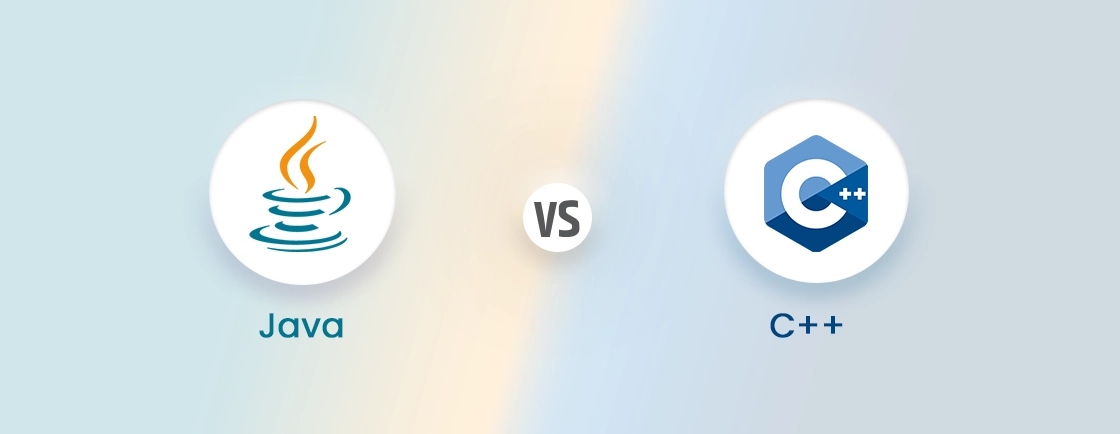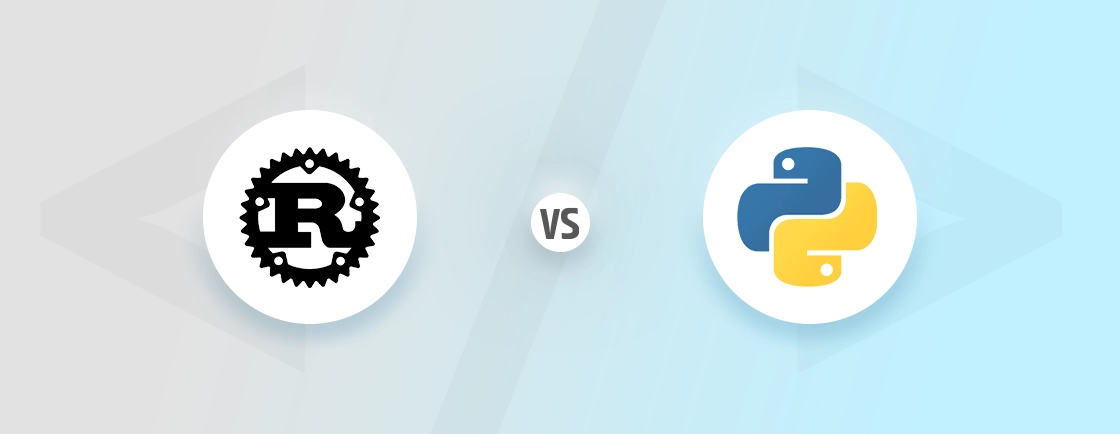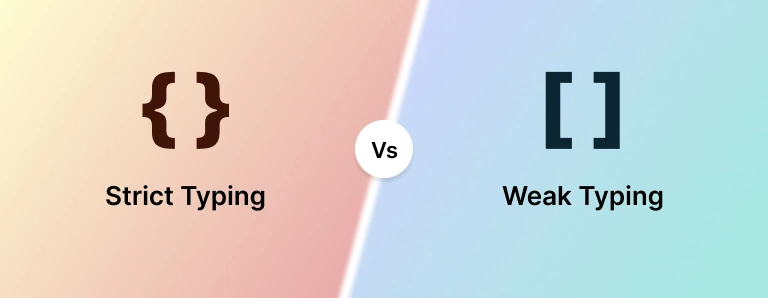Table of Contents
Feeling overwhelmed by growing IT demands but lacking the in-house resources to meet them? You’re not alone. Many businesses face this challenge, and moving forward pick any from IT staff augmentation services or outsourcing. But before you dive headfirst, understanding the key differences between these two methods is important for making an informed decision.
This blog post breaks down the complexities of IT staff augmentation and outsourcing. It will guide you through their characteristics, helping you choose the path that best aligns with your project needs. Get ready, as we dive into the world of scaling your IT capabilities.
What is IT Staff Augmentation?
IT staff augmentation is a strategic approach that allows you to temporarily expand the internal IT team with external resources. This approach benefits in gapping required for specific skills or expertise, addressing immediate needs, or navigating periods of high workload. Unlike full-time hiring, staff augmentation offers flexibility and cost-effectiveness for companies seeking agility in their IT operations.
How does IT Staff Augmentation Work?
- Needs Assessment. Companies assess their existing IT team’s capabilities. Then identify areas where additional skills or resources are necessary.
- Resource Selection. Collaborating with an IT staffing agency or direct recruitment, you can find qualified individuals. You can ensure the desired expertise to complement your team and then onboard them.
- Integration and Collaboration. The augmented staff members get integrated into the existing team. They work collaboratively with internal employees to fulfill project requirements or ongoing tasks.
- Performance Management. Companies manage the performance and communication of the augmented staff members. This benefits in ensuring achieving project goals.
- Project Completion or Contract End. Once the project is completed or the contract period ends, the augmented staff member steps out of the team. They usually leave the internal team with the completed work or acquired knowledge.
Using IT staff augmentation, you can improve your team’s capabilities and achieve project objectives effectively. This also benefits in gaining a competitive edge in the evolving technology landscape.
What is Outsourcing?
Outsourcing is a business practice where a company contracts with a third party. They hand over specific services, functions, or processes that were traditionally performed internally by their employees. This strategy allows companies to tap into specialized expertise, cost savings, and improved efficiency.
How does Outsourcing Work?
- Identification and Selection. The company identifies non-core functions or activities that would benefit from outsourcing. They then select a reliable third-party vendor based on their expertise and reputation.
- Contract Negotiation. A formal agreement outlining the scope of work, deliverables, timelines, costs, and communication protocols. This benefits streamlining the complete procedure between the company and the chosen vendor.
- Transition and Management. The processes get transferred to the vendor. Using mutually preferred communication channels both sides ensure a smooth transition and established management protocols.
- Performance Monitoring and Evaluation. The company monitors the vendor’s performance against agreed-upon metrics. They also regularly evaluate the effectiveness of outsourcing.
While outsourcing can be beneficial, it’s important to assess the factors, such as quality control, communication, and reliance on a third party. By implementing a well-defined strategy and selecting reliable vendors, outsourcing can help you achieve your goals.
What is the Difference Between IT Staff Augmentation vs Outsourcing?
Indeed, IT staff augmentation and outsourcing involve leveraging external resources. Yet, they differ in their approach, level of control, and suitability for specific situations. This comparison table between IT Staff Augmentation and Outsourcing summarizes the key differences:
| Factor | IT Staff Augmentation | Outsourcing |
|---|---|---|
| Management Responsibility | The internal team manages augmented staff | Third-party manages outsourced team and deliverables |
| Level of Control | High – direct oversight and control over individual(s) | Lower – limited control over day-to-day operations |
| Engagement Duration | Typically temporary (weeks, months) to fill skill gaps or manage workloads | Can be long-term or short-term. It depends on the project or service |
| Skill Focus | Specific skills or expertise to complement existing team | Entire functions, processes, or projects |
| Integration | Integrated into existing team structure | May operate independently with defined communication channels |
| Cost | Generally lower than full-time hiring. But, higher than outsourcing due to direct management responsibility | Can be lower due to economies of scale and location advantages |
The best approach depends on your specific needs and priorities. Consider the factors listed above and consult with a web development company to determine which option best aligns with your project goals and organizational structure.
Detailed Comparison Between IT Staff Augmentation vs Outsourcing
While both IT staff augmentation and outsourcing involve external resources, their underlying structures and functionalities differ significantly. Understanding these nuances can help you make informed decisions when choosing the right approach for your needs.
1. Complexity
- Staff Augmentation. Often suitable for less complex projects requiring specific skill sets. The augmented team member works alongside your existing team, simplifying communication and collaboration.
- Outsourcing. Can handle complex projects with broader scopes. However, managing the relationship with a separate vendor and ensuring clear communication can add layers of complexity.
Winner: Outsourcing
2. Management
- Staff Augmentation. You retain direct management responsibility for the augmented staff member. It includes assigning tasks, monitoring progress, and even providing feedback.
- Outsourcing. The vendor manages the project execution, including task allocation, resource management, and quality control. This can free up your internal resources but requires clear communication and management protocols.
Winner: Outsourcing
3. Internal Resources
- Staff Augmentation. Requires minimal impact on internal resources as the augmented staff member integrates into your existing team.
- Outsourcing. May require dedication of internal resources for initial onboarding, and transition. It will also demand ongoing communication with the third party.
Winner: Staff Augmentation
4. Skill Gaps
- Staff Augmentation. Ideal for filling specific skill gaps for a defined period. You can select individuals with the exact expertise needed for the project.
- Outsourcing. May offer a broader range of skills and expertise due to the vendor’s larger talent pool. But, you must identify IT experts with the right skill set and ensure proper onboarding procedures.
Winner: Outsourcing
5. Integration
- Staff Augmentation. Smooth integration as the augmented team member is physically present. This individual(s) can work closely with your internal team, facilitating knowledge sharing and collaboration.
- Outsourcing. Can face integration challenges due to physical or cultural distance. Maintaining open communication and establishing clear processes are crucial.
Winner: Staff Augmentation
6. Budget
- Staff Augmentation. Costs are based on the hourly rate or project fee of the augmented individual. It can be a cost-effective option for short-term projects.
- Outsourcing. Costs are often determined by a predefined scope of work and service level agreement (SLA) with the third party. This can offer predictability in budgeting but may be less flexible for irregular project needs.
Winner: Staff Augmentation
7. Data Security
- Staff Augmentation. Requires strict data security protocols to ensure the protection of sensitive information. You retain full responsibility for data security measures.
- Outsourcing. Data security considerations are crucial, especially when dealing with sensitive data. Negotiating data security clauses such as NDA in the contract with the third party is important.
Winner: Staff Augmentation
Verdict: Staff augmentation benefits for short-term, specific needs where tight control and seamless integration are crucial. Outsourcing excels for complex projects seeking cost-effectiveness and access to a wider skill set.
How to Choose Between IT Staff Augmentation and Outsourcing?
Selecting between IT staff augmentation and outsourcing requires consideration of several factors. Breaking down each of them will help you ensure you make the best choice for your specific needs. This guide outlines key steps to navigate this decision-making process effectively:
1. Define Project Goals
Clearly define your project objectives, scope, and desired outcomes. Determine the level of expertise, skill sets, and project management approach needed.
2. Assess Internal Resources
Evaluate your existing team’s capabilities and capacity. Identify any skill gaps or resource limitations that necessitate external support.
3. Consider Control
Determine your desired level of control over project execution, decision-making, and day-to-day operations. This will impact your preference for direct management (staff augmentation) or third-party execution (outsourcing).
4. Compare Advantages and Disadvantages
Analyze the pros and cons of each approach. Consider factors like cost-effectiveness, integration complexity, and access to expertise associated with each option.
5. Research and Evaluate Providers
If you decide to proceed with either approach, research and evaluate potential providers (staffing agencies or outsourcing vendors). Ensure they possess a strong reputation, and relevant experience, and align with your budget and project requirements.
By following these steps and engaging in informed decision-making, you can select the approach that best aligns with your project goals. No matter if you are looking to exceed internal resources or improve overall IT strategy.
Conclusion
Navigating IT support can be complex, especially when deciding between external resources like staff augmentation and outsourcing. Throughout the blog. we’ve equipped you with a comprehensive understanding of both approaches. Also, we covered the key differences and factors to consider when making your choice.
By carefully defining your project goals and considering your desired level of control, you can confidently select the option that aligns best with your specific needs. Remember, both staff augmentation and outsourcing offer unique advantages and require thorough planning and evaluation.
Ready to leverage the power of external resources? Don’t lead this alone! We offer you a team of web developers for hire to help you with consultation, assessment, and picking an ideal solution.
FAQs About IT Staff Augmentation vs Outsourcing
Can IT staff augmentation and outsourcing be combined effectively for a project?
Yes, combining these approaches can be effective for projects with diverse needs. You can use staff augmentation to address specific skill gaps. Where on the other side outsourcing will define specific project components to a vendor.
What level of management is required for IT staff augmentation compared to outsourcing?
Staff augmentation requires more direct management from your team as you oversee the augmented staff member’s tasks and progress. Conversely, outsourcing often involves the vendor managing project execution. Although communication and established protocols remain important for both approaches.
How do IT staff augmentation and outsourcing align with industry compliance?
Both approaches require dedication to relevant industry compliance regulations. When engaging external resources, ensure clear contractual agreements outlining data security protocols, property ownership, and adherence to specific industry compliance standards.
Compare the best tech side by side.
Our in-depth comparisons help you see features, pros & cons, and choose the right tools confidently.





